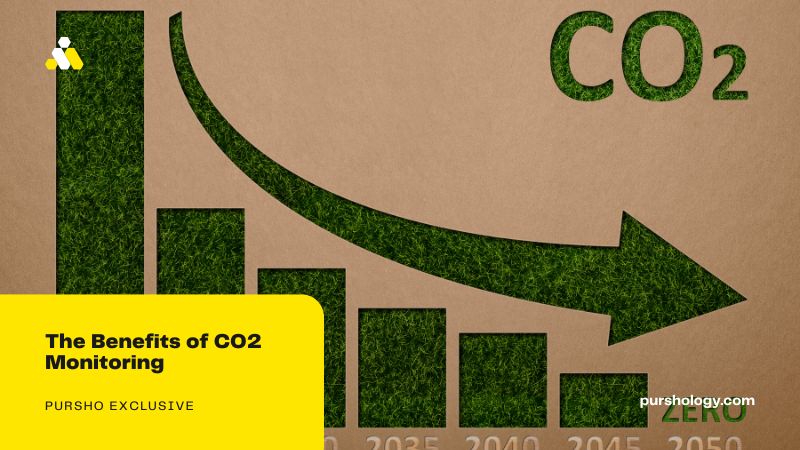Carbon dioxide (CO2) is an essential component of Earth’s atmosphere, playing a crucial role in the planet’s climate, ecosystems, and human health. As industrialization and urbanization continue to rise, the need for efficient and accurate CO2 monitoring has become more critical than ever. This article explores the numerous benefits of CO2 monitoring, including its role in mitigating climate change, enhancing workplace safety, and improving indoor air quality. Keep reading to learn more!
Understanding and Mitigating Climate Change
CO2 is a potent greenhouse gas that contributes significantly to climate change. As levels of CO2 increase in the atmosphere, so does the Earth’s temperature, leading to a cascade of effects such as melting ice caps, rising sea levels, and more frequent and severe weather events. By monitoring CO2 levels, scientists and policymakers can better understand the rate and implications of climate change, enabling them to develop and implement effective strategies to reduce emissions and mitigate its impacts.
Enabling Carbon Capture and Storage Technologies

Carbon capture and storage (CCS) technologies offer a promising solution to reduce greenhouse gas emissions by capturing CO2 at its source and storing it safely underground. Reliable CO2 monitoring is essential for the successful implementation of CCS, as it ensures that CO2 is captured and stored securely without leakage, which could pose significant environmental and health risks. Furthermore, accurate monitoring enables the optimization of CCS processes, helping to drive down costs and increase efficiency.
Enhancing Workplace Safety and Health
In work settings, elevated CO2 levels can pose serious risks to workers’ health and safety. Prolonged exposure to high concentrations of CO2 can lead to symptoms such as dizziness, headaches, and even unconsciousness. Continuous CO2 monitoring in workplaces helps ensure a safe working environment by providing real-time data on CO2 levels, allowing facility managers to take prompt action to address any potential hazards. Not to mention, CO2 monitoring can help identify leaks in equipment and processes, leading to improved operational efficiency and reduced downtime.
Improving Indoor Air Quality and Comfort

Indoor air quality is a critical aspect of creating a healthy and comfortable indoor environment. Poor air quality can not only cause physical symptoms but also impact cognitive function, resulting in decreased productivity and overall well-being. In addition to CO2 monitoring, factors such as humidity levels, temperature, and air filtration should also be considered to ensure optimal air quality. By investing in proper ventilation systems, air filtration, and CO2 monitoring, building owners and managers can create a safe and healthy indoor environment that benefits the occupants’ physical and mental health. The result is a more productive, engaged, and satisfied workforce, improved customer experiences, and increased overall well-being for all.
Supporting Smart Agriculture and Greenhouse Management
CO2 is a vital component of the photosynthesis process, which allows plants to grow and produce food. In agricultural and greenhouse settings, CO2 monitoring can help optimize growing conditions, leading to increased crop yields and improved resource efficiency. By closely monitoring CO2 levels, farmers and greenhouse operators can adjust factors such as ventilation, temperature, and lighting to create the ideal environment for plant growth. This not only results in healthier, more productive plants but also contributes to more sustainable and environmentally-friendly agricultural practices.
CO2 monitoring offers a wide range of benefits across various sectors, from combating climate change to improving human health and well-being. By providing accurate and timely data on CO2 levels, monitoring technologies play an essential role in shaping effective policies, enhancing safety, and promoting sustainable practices. As the world continues to face challenges related to climate change, urbanization, and resource management, the importance and prevalence of CO2 monitoring will only continue to grow.




